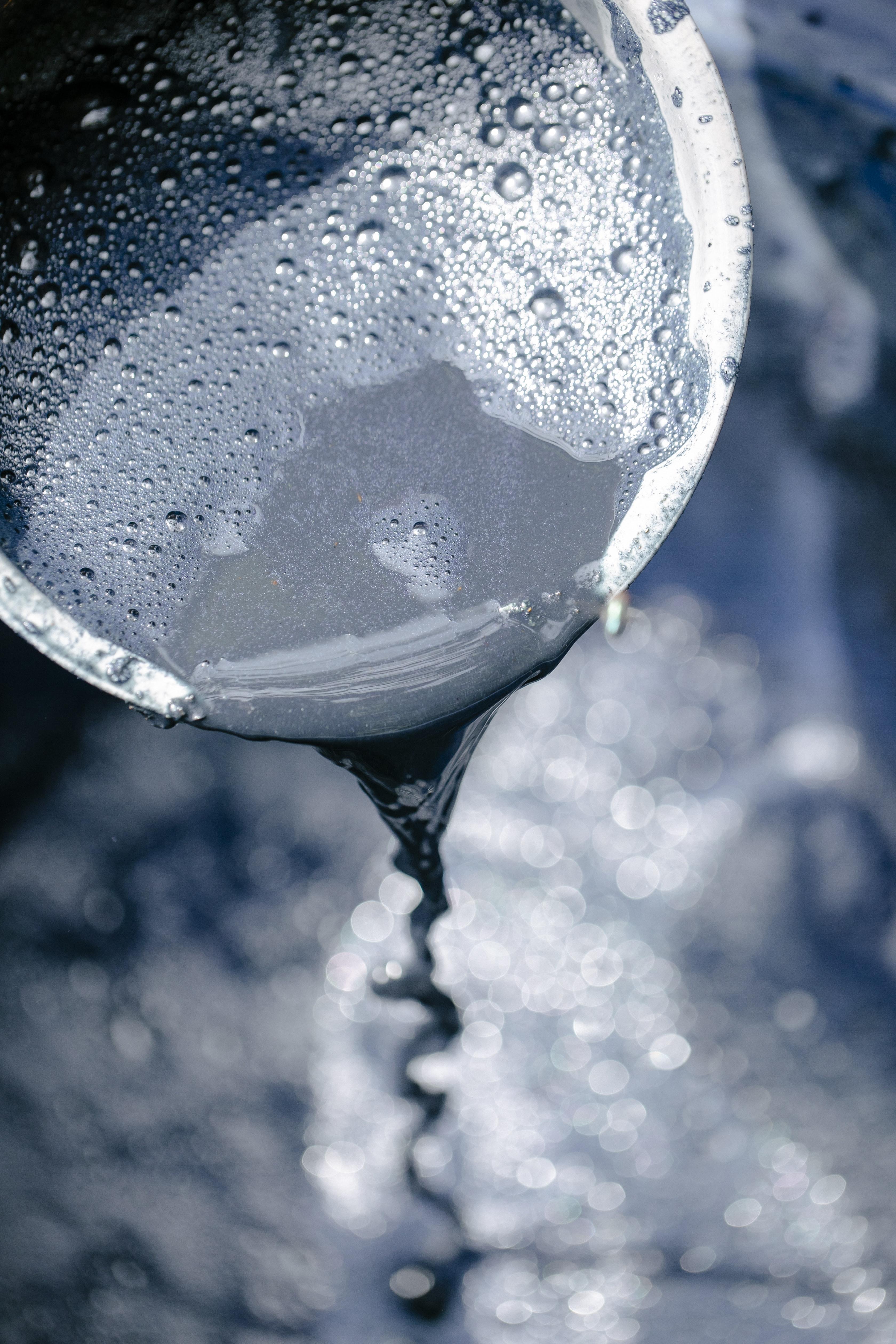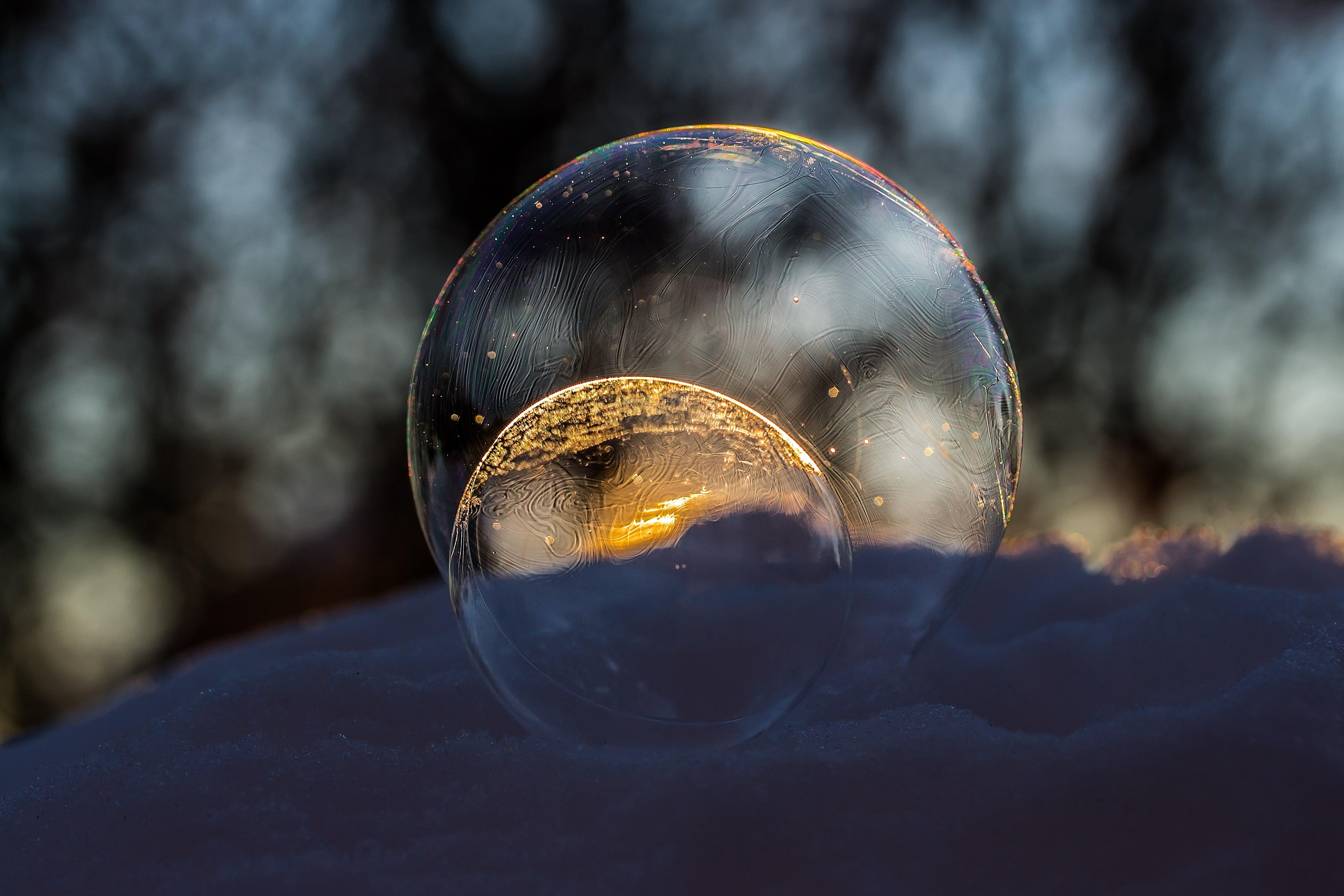Are you an avid home baker? Have you ever found yourself eagerly waiting for your dough to rise, only to be disappointed when your active dry yeast doesn’t produce any bubbles? Don’t worry, you’re not alone! In this blog post, we’ll dive deep into the world of yeast and explore why your active dry yeast might not be bubbling as expected.
Throughout this article, we’ll answer common questions such as “What happens if you proof instant yeast?” and “Can you proof yeast too long?” We’ll also discuss the differences between active dry yeast and instant yeast, and whether you can use the former instead of bread machine yeast. So, grab your apron, flour, and let’s debunk the mysteries of yeast together!
Note: This blog post was last updated in 2023.
Why isn’t My Active Dry Yeast Bubbling
Understanding the Yeasty Mystery
Ah, the magic of baking! Picture this: you’re ready to whip up a delicious loaf of bread or a heavenly batch of cinnamon rolls. You carefully measure out your ingredients, mix them together, and then…wait. But wait, what’s this? Your active dry yeast is as quiet as a mouse, refusing to create those delightful bubbles you were hoping for. What’s going on here? Fear not, my baking friend! We’re diving into the yeasty mystery of why your active dry yeast may not be bubbling as expected.
Check the Temperature, Buddy!
Just like Goldilocks and her search for the perfect porridge, yeast has its own temperature preferences. If your yeast isn’t bubbling, it might just be too cold or too hot. Yeast is like a picky toddler – it wants its environment to be juuust right. The ideal temperature range for yeast activation is typically between 110°F and 115°F (43°C to 46°C). So, double-check your water temperature, my friend. Is it too chilly? Or maybe scalding? Find that perfect sweet spot, and your yeast will start dancing and singing in no time!
Yeast’s Favorite Food: Sugar
Just like us humans, yeast loves a good meal. In fact, it’s pretty much obsessed with sugar. So, if your yeast isn’t bubbling, it’s possible that it’s simply not getting enough to eat. I mean, can you blame it? That delicious sugar helps fuel the fermentation process, encouraging those lovely bubbles to form. Make sure you’re adding the right amount of sugar to your dough, and watch that yeast come alive like it’s party time on the countertops!
Yeast Needs Some TLC
Poor yeast. It’s a living organism, you know. And just like us, it needs a little tender loving care. Maybe your yeast is feeling neglected, and that’s why it’s refusing to bubble. So, what can you do to show it some love? Well, first, make sure your yeast is fresh. Check that expiration date, my friend. Stale yeast won’t produce the results you’re looking for. Next, make sure you’re storing your yeast properly. Keep it in a cool, dry place – away from extreme temperatures, moisture, and definitely away from any pesky pests. Remember, happy yeast equals happy baker!
A Gentler Touch, Please
Believe it or not, yeast can be a delicate little creature. It doesn’t respond well to harsh treatment or rough handling. So, if you’re kneading, punching, or aggressively manhandling your dough, your yeast might just be throwing a temper tantrum in protest. Treat your dough and yeast with a gentler touch. Use a light hand, and let everything rise at its own pace. It’s like a tender embrace for your dough and yeast – love, care, and no wrestling involved!
There you have it, my fellow bakers! The possible reasons why your active dry yeast might not be bubbling like it should. Remember to check the temperature, ensure your yeast is well-fed, give it some TLC, and handle your dough with kindness. With these tips in mind, you’ll soon be on your way to yeast-filled baking success. So go forth, my friend, and conquer the yeasty mysteries of the kitchen!
FAQ: Why Is My Active Dry Yeast Not Bubbling
So, you’re all set to bake a delicious loaf of bread, but your active dry yeast isn’t bubbling. Don’t panic just yet! We’ve got you covered with this comprehensive FAQ-style guide. We’ll address common questions and concerns about yeast activation, troubleshooting tips, and more. Let’s dive in and get your yeast back to bubbling!
What Happens If You Proof Instant Yeast
You might think that proofing instant yeast is unnecessary since it doesn’t require activation. And you’re correct! Instant yeast is formulated to be added directly to dry ingredients without proofing. Its granules are designed to dissolve quickly and activate during the mixing process.
Can You Proof Yeast Too Long
Yes, you can definitely proof yeast for too long. While some recipes call for a longer proofing time to develop flavor, overproofing can lead to weak or collapsed dough. Keep an eye on your yeast during the proofing process to ensure it doesn’t go beyond the recommended time.
Can I Use Active Dry Yeast Instead of Bread Machine Yeast
Absolutely! Active dry yeast can be used interchangeably with bread machine yeast. Just be aware that active dry yeast may require longer proofing or activation time compared to bread machine yeast. Adjust your recipe accordingly, and you’ll be baking up a storm in no time.
How Can I Tell If I Killed My Yeast
Ah, the dreaded yeast assassin! Killing yeast is indeed possible. Signs of yeast that has met a premature demise include a lack of foaming or bubbling during proofing. Additionally, if your dough doesn’t rise during the allotted timeframe, it may be an indication that your yeast has sadly perished.
How Do You Activate Yeast That Didn’t Rise
If your yeast didn’t rise, fear not! You can give it a second chance at life. Start by proofing a new batch of yeast in warm water and sugar. Once it’s all nice and bubbly, add it to your dough, and give it another go. Remember, warm water, not hot, is the key to yeast activation. Too hot, and you’ll end up with yeast soup.
What Happens If I Put Too Much Yeast in My Bread
Oh boy, too much yeast can wreak havoc on your dough! Using excessive yeast leads to rapid fermentation, resulting in a loaf that rises too quickly and collapses during baking. Your bread might also have a distinct yeasty flavor. So, it’s best to stick to the recommended amount of yeast in your recipes and avoid unleashing a yeast invasion.
Why Is My Instant Yeast Not Foaming
Instant yeast is known for its speedy fermentation, so if it’s not foaming, something might be amiss. Make sure you’ve stored your yeast properly, in a cool and dry place, away from moisture or temperature fluctuations. Old or expired yeast can also cause a lack of foaming. It might be time to grab a fresh batch and let your bread rise to the occasion.
Do You Need to Activate Active Dry Yeast
Indeed you do! Unlike instant yeast, active dry yeast needs a little TLC to wake up and start fermenting. To activate it, dissolve the yeast in warm water (approximately 110°F) with a pinch of sugar. After a few minutes, the mixture should start to get nice and frothy. Once it’s all bubbly, you’re good to go!
What Happens If Yeast Doesn’t Activate
If your yeast doesn’t activate, it’s time to put on your detective hat and investigate. Check the expiration date on your yeast, ensuring it’s still fresh and alive. Also, make sure your water is within the appropriate temperature range. If everything seems perfect but your yeast remains unresponsive, it’s time to say goodbye and grab a new packet of yeast.
Why Is My Active Dry Yeast Not Activating
Are you wondering why your active dry yeast is refusing to activate? Well, there could be a few culprits. First, check that your water is warm enough—around 110°F. If the water is too hot, it can kill the yeast. Similarly, water that’s too cold won’t activate the yeast either. So, find that sweet spot, and your yeast will be bubbling with excitement.
What Is the Difference Between Dry Active Yeast and Instant Yeast
The main difference between dry active yeast and instant yeast lies in their composition and activation method. Active dry yeast requires proofing in warm water before adding to the dough, while instant yeast can be mixed directly with dry ingredients. Both types of yeast will give you delicious baked goods, but they have different activation requirements.
How Do You Revive Dead Yeast
Reviving dead yeast is like performing CPR on your dough—sometimes you can bring it back to life! Dissolve a teaspoon of sugar in warm water, then sprinkle your yeast on top. Let it sit for a few minutes until it becomes frothy and starts to bubble. If you see signs of life, rejoice! You’ve successfully revived your yeast and can continue your baking adventure.
What Happens If You Don’t Refrigerate Yeast
Ah, the yeast’s natural habitat—the refrigerator. While refrigerating yeast isn’t mandatory, it can help extend its shelf life. Yeast stored in the fridge will stay fresh for longer, maintaining its effectiveness and potency. If you often find yourself in the world of baking, consider giving your yeast a cozy spot in the chilly realm of the refrigerator.
Does Rapid Rise Yeast Need to Rise Twice
Not necessarily. Rapid rise yeast, as the name suggests, cuts down on rising time. It’s designed to speed up the fermentation process, allowing for a single rise rather than the traditional two. However, certain recipes might benefit from the added flavor development that a second rise provides. So, follow your recipe’s instructions for the best results.
How Do You Dissolve Active Dry Yeast
Have a packet of active dry yeast, but not sure how to dissolve it properly? Fear not! Dissolving active dry yeast is a breeze. Start by warming up some water to around 110°F. Then, sprinkle your yeast over the surface of the water and let it sit for a few minutes. Watch as the yeast activates, creating a beautiful foam on top. Give it a gentle stir, and your yeast is ready to go!
What Happens If You Use Dead Yeast
Using dead yeast is a big no-no if you want your bread to rise and taste delicious. Dead yeast won’t provide any fermentation, resulting in a flat and dense loaf. It’s like trying to rise from bed on a Monday morning without any coffee. So, always check your yeast for signs of life before incorporating it into your dough.
How Can You Tell if Instant Yeast Is Active
Spotting active instant yeast is a piece of cake—well, bread! To check if your instant yeast is active, simply dissolve a bit of it in warm water with a pinch of sugar. Within a few minutes, you should see delightful bubbles forming or even a foam on the surface. If there’s no action, it’s time to wave a tearful goodbye and welcome a new batch of yeast.
There you have it! Your ultimate guide to troubleshooting uncooperative yeast. Now that you’re armed with knowledge, go forth and conquer the wonderful world of baking. Remember, yeast might be a living organism, but with a little understanding and creativity, you can tame it to create mouthwatering bread that will leave people asking, “How did you do it?” Happy baking!

